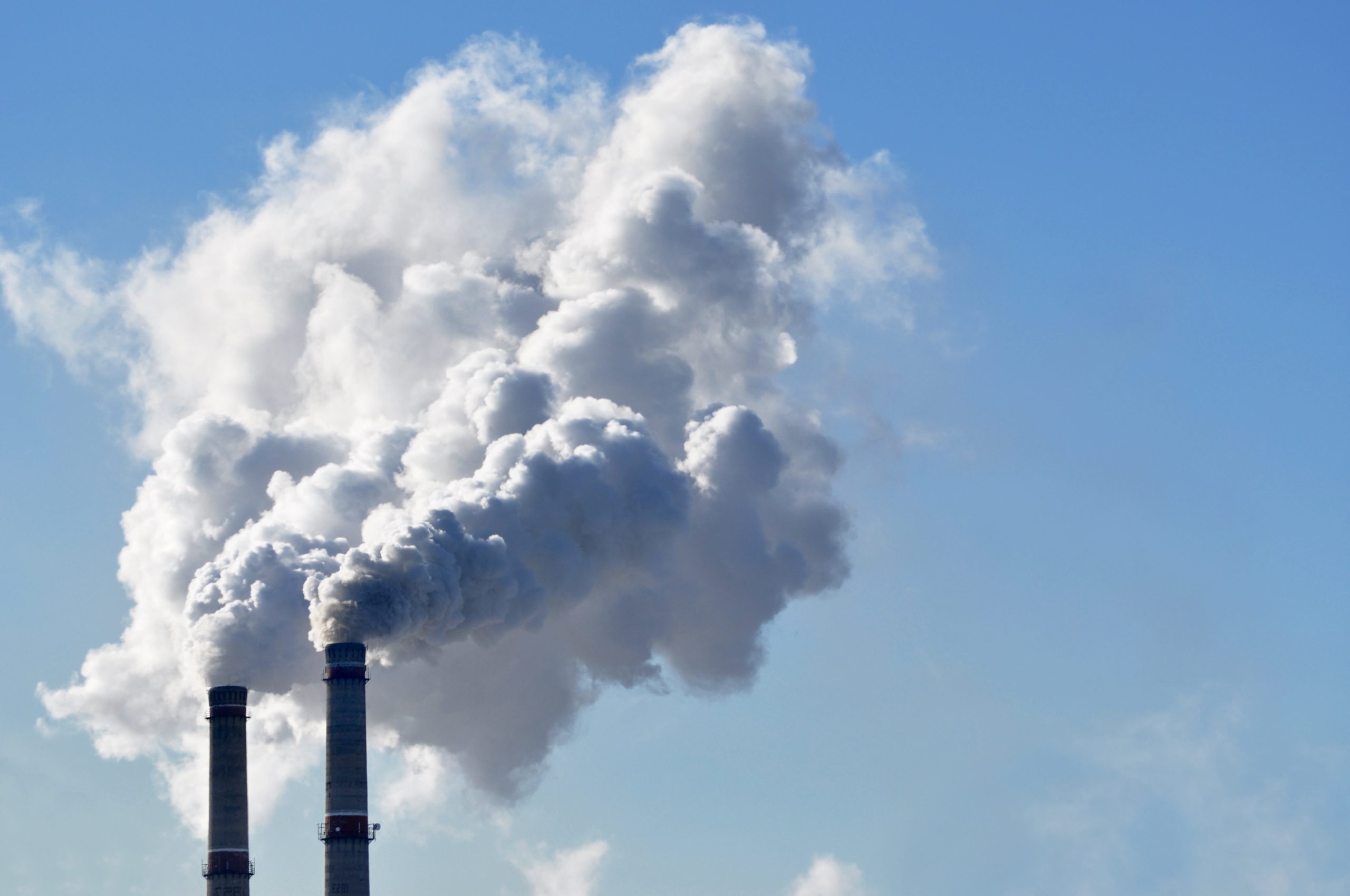Overview
This analysis examines the extent of fine particulate matter (PM2.5) pollution in Wisconsin and disparate impacts on People of Color (POC) and white populations around the state. In Wisconsin, these disparities are among the largest in the nation, especially concentrated in Milwaukee and other urban areas.
Key Points
- Severe Health Hazards: Fine particulate matter is causally linked to premature death, heart attacks, strokes, asthma, COPD, and cancer. Even small concentrations are dangerous because of how deeply they penetrate human lungs and bloodstream.
- Environmental Inequity Is Systemic: Across nearly all pollution sources, POC populations are disproportionately exposed to harmful particulate matter. In Wisconsin, industrial and transportation pollution contribute most to these disparities.
- Wisconsin’s Disparities Are Among the Nation’s Highest: POC populations in Wisconsin experience 26% more PM2.5 exposure than the state average—one of the highest inequities in the U.S., behind only New York and Pennsylvania.
Summary
Exposure to fine particulate matter — particulate air pollutants less than 2.5 microns in diameter or about 1/30th the diameter of human hair — is a serious health threat. The most recent U.S. Environmental Protection Agency assessment determined a causal link between fine particulate matter exposure and both premature death and cardiovascular problems (e.g., heart attacks, strokes).
A study published in 2021 quantified fine particulate matter exposure from different sources for different racial-ethnic groups (white, People of Color, Asian, Black, Hispanic) in the continental U.S. The attached findings are takeaways from an analysis of Wisconsin-specific data from this study. All data presented herein are from the Tessum et al. study.
Important Takeaways
- Profound Health Risks: PM2.5 exposure can cause a variety of negative health outcomes including premature death, cardiovascular disease, respiratory illness, and more.
- Milwaukee Is a Hotspot: The city has one of the largest particulate matter exposure disparities of any U.S. metro area, followed by Green Bay, Appleton and Wausau.
- Policy Implications: Addressing inequities requires targeted emissions reductions in transportation and industrial sectors, especially in urban and historically marginalized communities.
- Agriculture And Industry Dominate Wisconsin’s PM2.5 Sources: Statewide, Wisconsin sees a higher share of particulate pollution from agriculture, and a lower share from coal, compared to the U.S. overall.
